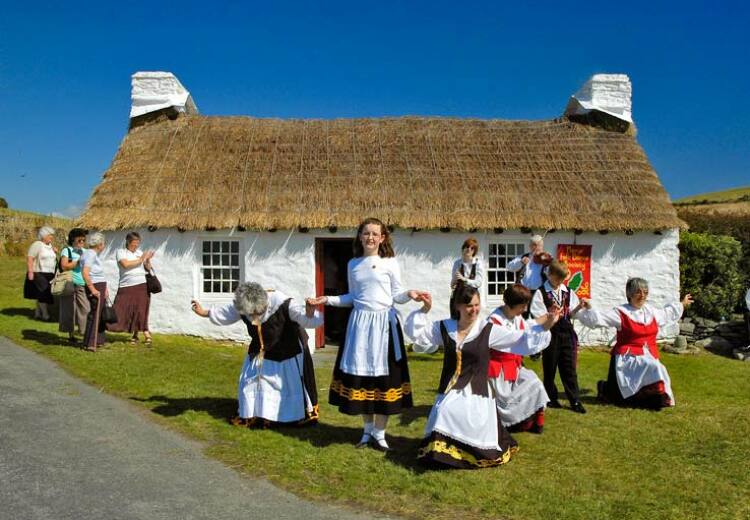The Department of Infrastructure is proposing to restructure its planning application fees in order to recover a more realistic percentage of costs and help ensure standards of service are maintained.
The new price structure for fees will go before Tynwald this month, with the changes coming into effect on 1 July 2012, should the Order be approved.
In general, the proposals would see planning application fees increased above the rate of inflation. However, the new structure would still mean the Isle of Man is more competitive, and better value for money, in its planning application fees than many other jurisdictions, including England and Scotland.
Howard Quayle MHK, Department Member with responsibility for Planning, explained: ‘Planning Application fees are increased, on average, every two years and usually in line with inflation. However, on this occasion, the increases are, taken as a whole, above the rate of inflation.
‘The move is to help the Department recover a greater percentage of the costs incurred in delivering the service we provide, and, as a result, to help ensure we can continue to enhance the standards of that service.
‘Some homeowners and those within the construction industry will no doubt be disappointed with the increases. However, it must be noted that the Island’s fees have been low for a long time, which means that to bring them up to a more realistic level, the increase has to be greater. The bottom line is that the Island is still a good deal cheaper than jurisdictions such as England and Scotland.’
The restructure of the fees has allowed the Department to standardise some areas, to make them easier to remember.
The key features include:
· The standardisation on a fixed number of fee amounts (and multiples of) rounded to the nearest £10, compared with the current complex variations in fees
· The increase in some fees to achieve a standardisation across some categories of fees to bring them into line with other categories which require the same resource input in determining the application
· The replacement of a single flat rate fee for many categories with a graduated scale of fees, which increase with the size of the site area/floor space created, to an increased maximum fee of £7,500 (£12,650 for minerals or waste applications)
In addition, a new fee will be introduced to determine planning applications made within 12 months of the grant/refusal or withdrawal of any planning application on the same site as the earlier application, or for a development of the same character or description as that for which the previous application was made, and where no determination was reached.
This will be applied regardless of whether the type of development being proposed is the same or differs from that proposed previously.
Mr Quayle said: ‘A significant proportion of the Planning Division’s budget is spent upon professional and technical staff resources in order to deliver statutory regulatory functions, in particular the determination of planning applications. The fact is that the income generated from planning fees does not cover the cost of providing this service, yet each officer deals on average with far more planning applications and appeals than planners do in other places.
‘Past increases in fees have been in line with inflation increases, rather than a comprehensive review. As a result, in actual monetary terms, since 2003 the overall rise in fees has in most cases been only by a small amount.’
Under the new structure, a fee for a single dwelling will rise from £199 to £230. In comparison the current fees charged by planning for applications in the Isle of Man are significantly lower than those adopted elsewhere. For example:
Erection of a Dwelling
· England currently £335, rising to a maximum of £250,000
· Scotland currently £319, rising to a maximum of £15,950
Mr Quayle added:
‘The Department has consulted with the Treasury and Department of Economic Development, who both support the proposed increases. The impact on the average domestic scale planning proposals will be very small and even for larger schemes the cost of a planning application will only represent a small proportion of the overall costs.’








